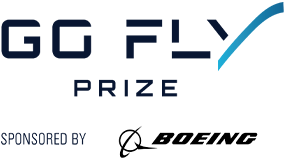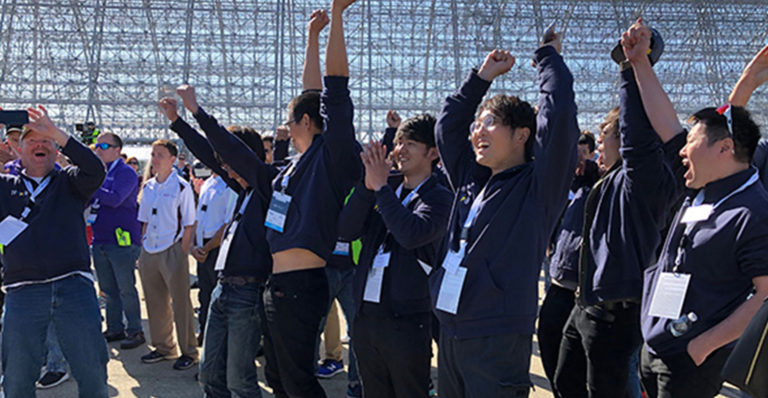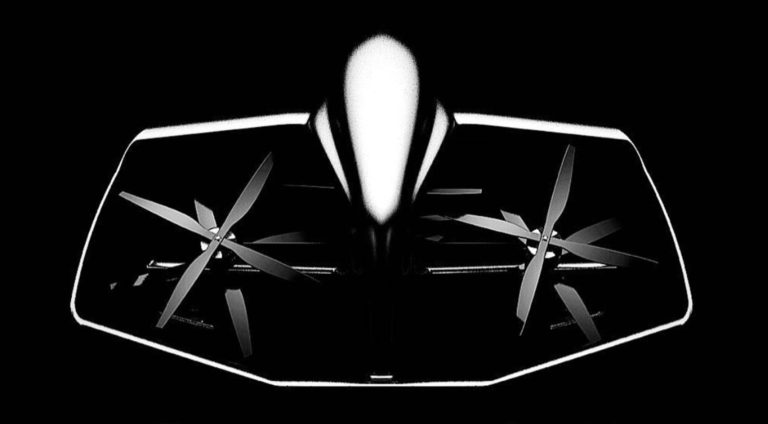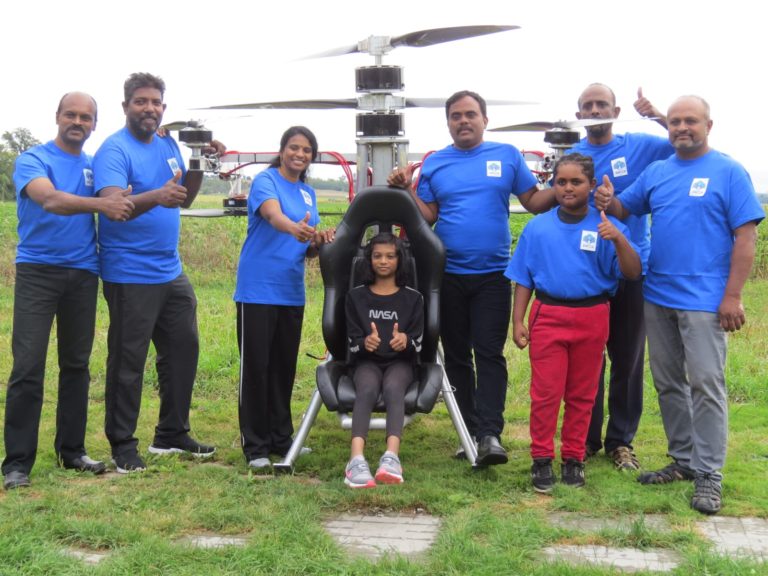Flight enthusiasts are a tightly knit group. United by their love of flying, they often share a passion not only for being up in the air, but also for designing and building the aircrafts that take them there.
The Experimental Aircraft Association (EAA) brings these dedicated individuals together, offering them an avenue to connect with fellow aviation aficionados, share ideas, test new machines and devices, and look ahead to the future of flight. As a GoFly Prize partner, the EAA has extended discounted membership invitations to GoFly prize competitors.
In the Q&A below, Dave Chaimson, vice president of marketing and business development at the EAA, shares what makes the aviation community unique, and explains why it’s important for GoFly Prize competitors to leverage the vast network of resources and support available to them.
The following is an edited transcript of the discussion.
GoFly: When did you first fall in love with flight?
Dave Chaimson: I’ve always had a fascination with flight and I’ve been coming to EAA’s AirVenture Oshkosh [an annual gathering of aviation enthusiasts] since the 80s. I didn’t have the opportunity to become a pilot until much later in life, but I’ve been passionate about aviation for a long, long time.
GoFly: What has been your proudest career moment to date?
Chaimson: I started at EAA in 2014 and it hit me when I was walking down to the AirVenture grounds in the summer of 2014 that I now had a chance to participate and have an impact on one of the world’s greatest aviation events. I wasn’t just attending that year—I was very proud of the opportunity to actually play a role.
GoFly: As you think about the people that come together at AirVenture Oshkosh, what makes the aviation community unique and special?
Chaimson: The aviation community is a very strong one. EAA has been around since the early 1950s, and there’s something unique about what EAA does for the aviation culture and for the aviation lifestyle. We’re really about supporting flying’s grassroots – the community and recreational aspects of so many types of flying. We’re about family, youth aviators, and local chapters. There’s a special bond that holds us together.
GoFly: Do you see the definition of pilot changing or expanding? How about the definition of aircraft?
Chaimson: When you look back at Orville and Wilbur Wright, we think of them as pilots. We also think of people who fly 747s and 777s, or Cessna 172s as pilots. People that are putting drones and UAVs into the air are pilots, too – they just have a different perspective and visual point of view. Even though the landscape, the technology and the way we fly have changed, the definition of a pilot has always been someone who is responsible for the safe and legal operation of an aircraft. It is a wonderful responsibility to have.
The definition of an aircraft has probably changed more than the definition of a pilot. There are all sorts of new ways to think about flight, propulsion, noise, vehicle design, emissions and battery technologies.
GoFly: What excites you most about the GoFly Prize challenge?
Chaimson: I’m excited that it’s a step forward towards personal manned flight. GoFly is pushing the industry forward to design a more efficient vehicle that can take off in dense, urban, populated areas. The GoFly Prize has accelerated innovation by providing wonderful incentives—that’s what motivates people to continually improve upon what’s been done previously.
GoFly: What will be the biggest challenge for competitors as we enter Phase II, the building phase?
Chaimson: The biggest challenge will probably be seeing their design through to conclusion. There have been many started and failed attempts to achieve what GoFly Prize is trying to achieve. There are a lot of obstacles that will get in people’s way, and the key will be to stay motivated and take the design across the finish line.
Competitors will need to have proper planning in place, from a safety perspective and from a design perspective, to see this through. Forgive the cliche, but they have to keep their eye on the prize.
GoFly: What advice can you share with competitors?
Chaimson: I would encourage them to build as big of a resource network as possible. At EAA, for example, we have people that have built thousands of airplanes and have a vast amount of experience in airframe design and in power-plant structures. They know how to safely build something that can be flown, whether it’s an ultralight aircraft, a twin aircraft, a high-performance machine, a simple aircraft, or something that uses glider technology. We have a vast amount of resources that I would encourage GoFly Prize competitors to seek out.
Besides building a network, my advice to competitors is to make sure that you understand what’s ahead of you, and don’t take any shortcuts.








